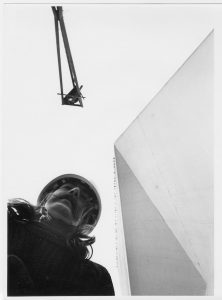Betty Wood talks to the visual artist about her affection for kitsch, indulging her inner hoarder and why she’s no longer interested in taking photographs outside the studio
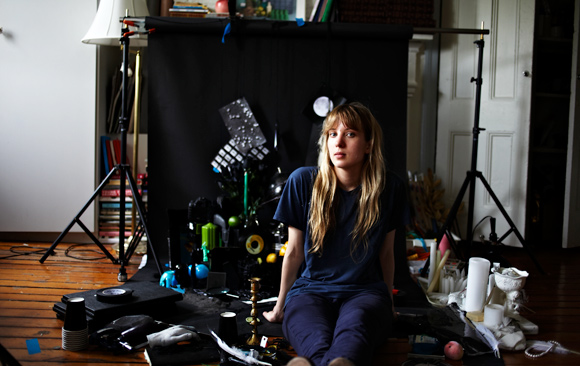
Drawing from her personal archive of objects, photographs, catalogues and props, for Canadian artist Sara Cwynar the personal and the professional overlap in a myriad of intense and individual ways.
Using her interests – a fascination with the kitsch; Derrida; impulse to hoard; the natural world; food photography – Cwynar creates visually arresting images in her Brooklyn flat that act as a microcosm for wider cultural commentary. Cwynar, who featured in Print Magazine’s “20 Under 30 New Visual Artists for 2011”, explains the evolution of her art, from her sting of early Cindy Sherman-type portraits, and why for her, the commercial can feed the conceptual with more than just money.
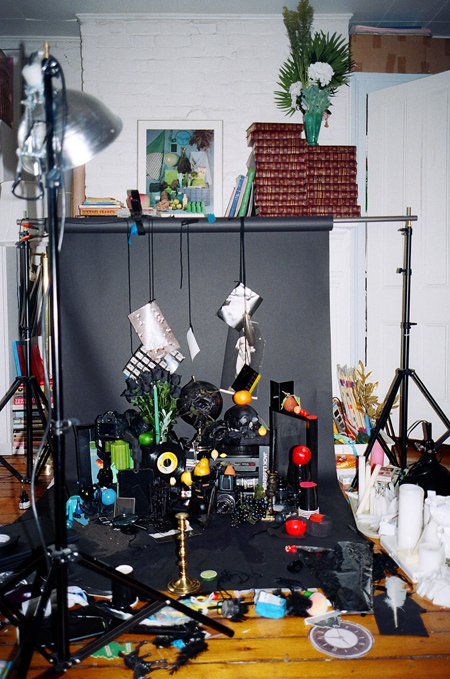
Though you’re an artist and graphic designer now, you originally started out studying English with references to Derrida and Kundera (among others) coming through in your work. What kind of journey did you undertake in becoming an artist?
I think that in art you sometimes end up reading a lot of the same things, and a background in literature can provide a different way in to the ideas that are relevant to an art practice. For example, for me, Jean Baudrillard and Milan Kundera talk about kitsch and image-culture in similar ways. Baudrillard ties more clearly (at first) into making images, but Kundera, (because he is talking about these ideas in novel form) ties them into real life in a way that Baudrillard is not able to. I think this is important.
I became an artist via being a graphic designer after dropping out of English Literature school, I guess because I kept looking for the thing that seemed important (or at least personally satisfying) to do and it ended up being art. I think (and hope) that most art comes from a set of personal concerns or things that are important to you. Mine were revealed to me originally through literature, and also through graphic design, and I only later found a way to work through them, through art. I think most people a roundabout way to it. Stephen Shore said that “art is made to explore the world and the culture… and made in response to personal demands and needs”. I hope that having a bit of a literature background makes me more able to have both of these things in my work. But then, I did drop out after all!
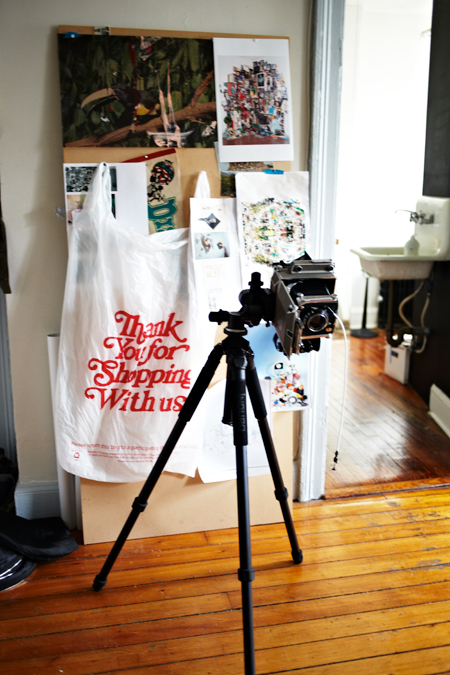
Lingering on the fact your photographic exhibitions are built from your personal archives and collections, (with self-professed “hoarder” tendencies), I wonder, what is it about amassing objects that interests you? It is about capturing the personal, or categorising and creating narratives? In what ways does the “personal” manifest itself in your work?
Hoarding comes from the same impulse as the constant taking of pictures – a desire to create a physical archive or external version of yourself, a tangible record of experience. In a somewhat morbid way, hoarding and collecting is ‘making’ something that will outlast you. I think if you really parse through hoarding, that’s the ultimate impulse to it. There is something existential about saving everything you come across. This is really where my practice begins, and this impulse makes up the source material for my work, which then opens to other ideas.
I am also very interested in looking at the larger way that images work and circulate in our culture, the value that images have attained beyond their actual worth, and the simulated realities they perpetuate. For me, the most interesting way to explore these ideas is through a personal intervention into the largely uncontrollable image-world that surrounds us. You could think of this set of images that shapes our view of ourselves and our history, as a shared, larger archive of images – I am interested in the possibilities of a personal archive to open to this shared one, to question it and break out of it. My archive is more of a tool or medium that I use to work through bigger ideas about image culture, though it is inevitably personal because it is the images and objects that I choose from the world.
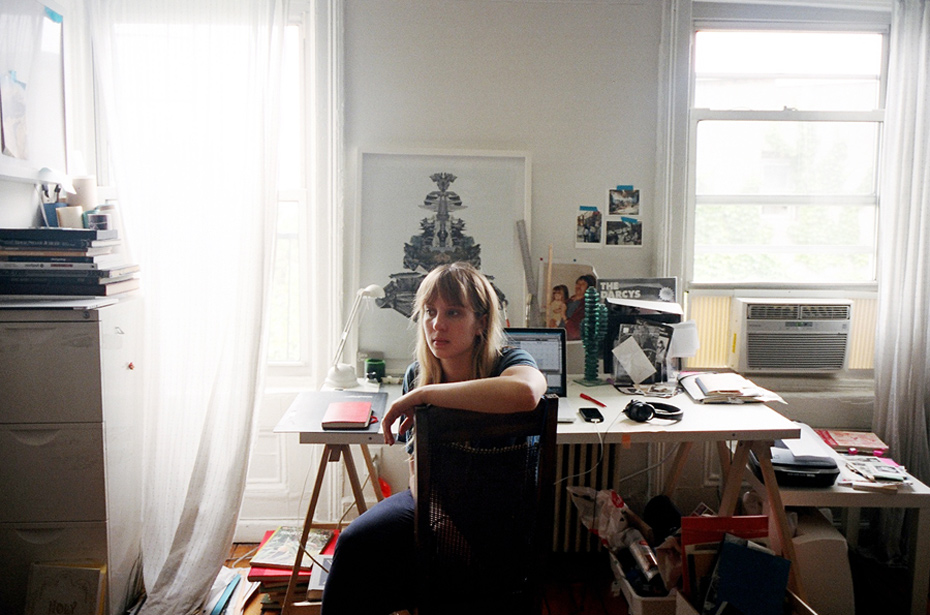
Working as a designer for The New York Times, and as an artist, would it be fair to assume that for you, the distinction between “design” and “art” is a blurry one? Or is that a redundant question – do they need to be treated separately, or as elements within an overall whole?
For me, they are the same whilst being practically different in ways that can’t really be ignored. I always tip my hand as a designer in my art practice and I am happy with that. I use art as a way of looking conceptually and personally at the state of images and aspects of visual culture, and I make a lot of the sorts of images I critique in my art practice in my work as a “commercial artist”. I think this contradiction is just fine and is in fact important. A firsthand knowledge of making images for commercial and news ends has led to the critique of these sorts of images becoming a central idea in my art practice, and also to a better understanding of the way that images work.
How different is it working to a client’s brief than creating artwork for a personal project? Do you prescribe to the view that design is for other, whilst art is for self?
I get a lot of ideas while making applied projects though as I said, my art is critical of a lot of the concerns brought up while making images for commercial and editorial ends. This personal experience making commodity images (not that art isn’t commodity images, but of a different sort) informs the sort of work I make in my personal practice. Now I’m freelancing and I really just bounce between art and design literally every few hours, the practices are really close to each other. In a lot of ways design is easier, there is more consistent approval, it is easier to make something within strict parameters, but I also love the total, daunting open-endedness of making art. The two inform each other and keep each other in check for me.
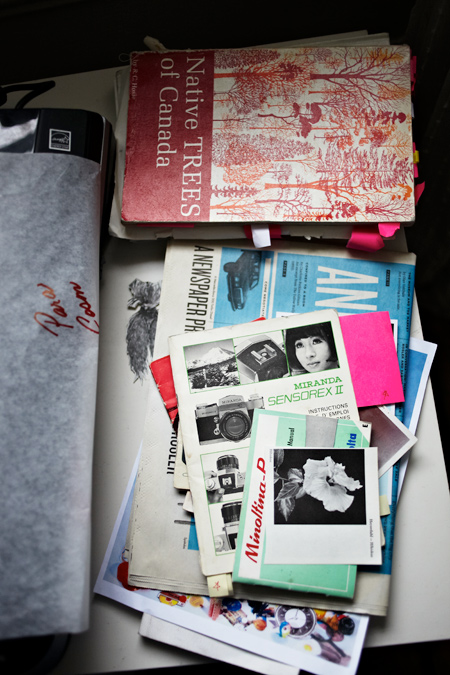
Moving beyond archiving and documenting objects as a common theme running through your work, what else do you see your work increasingly investigate?
I think I touched on this earlier, but the archive is more of a tool in my work, a medium, a means of exploring conceptual ideas about photography and image culture. Right now, I am really interested in photographic tropes, and the way these evolve over time and shape our view of the world. By photographic tropes I mean food photography, discarded commercial still lives, people’s vacation snapshots, amateur nudes, advertising, and how these circulate, change meaning, and help us to form meanings. I am also increasingly interested in ideas about the role that design plays in our lives – how everything is designed to the point where it alters our sense of reality.
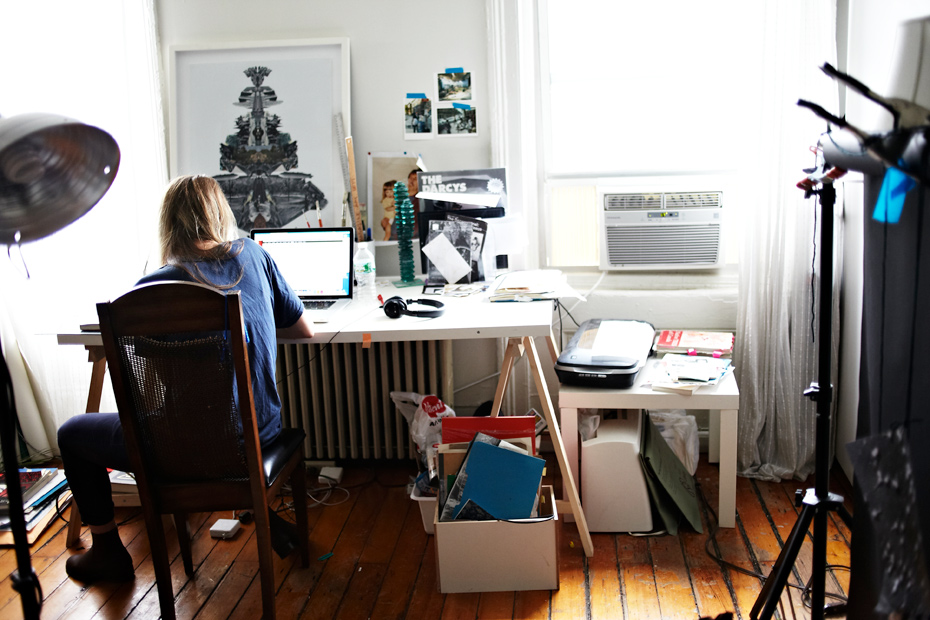
Has it been surprising for you to see how your work has evolved? How is it different from what you envisioned starting out at art school?
Yes, it has changed a lot. I first made terrible Cindy Sherman rip-off self-portraits dressed up as female clichés! Then there was a phase of photographic Canadian landscapes and my friends getting drunk. Now I don’t have much interest at all in making photographs outside the studio. I also went to school for graphic design and didn’t even think I’d be an artist. In addition, I made my work around The New York Times schedule (which can be quite hectic!) for several years, so now that I have left and I am focussing chiefly on art, it is changing at a somewhat rapid pace, for better or worse!
Sara Cwynar is currently exhibiting as part of The Camera Club Of New York’s exhibition What You Want, running until 29 June. Her solo show at Cooper Cole Gallery, Toronto opens in September

